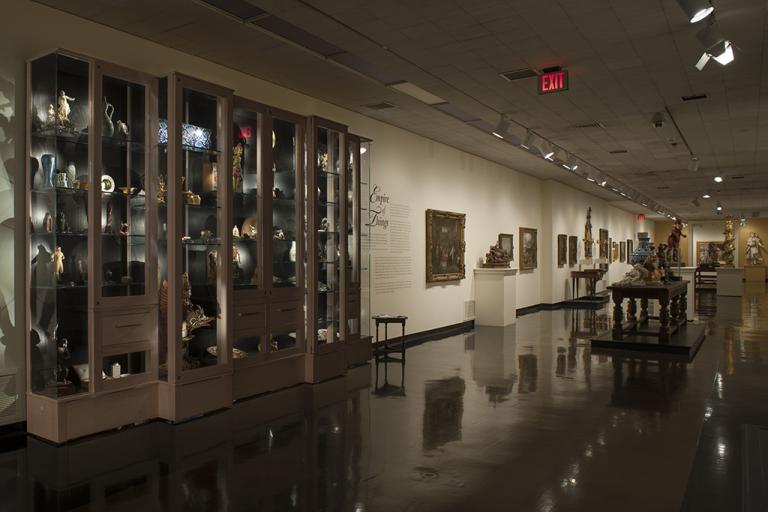folding fan, unknown maker from China
Artwork Overview
folding fan
, late 1800s, Qing dynasty (1644–1911)
Where object was made: China
Material/technique: ivory; goose feathers; peacock feathers; gouache; piercing
Credit line: William Bridges Thayer Memorial
Accession number: 1928.0009
Not on display
If you wish to reproduce this image, please submit an image request






